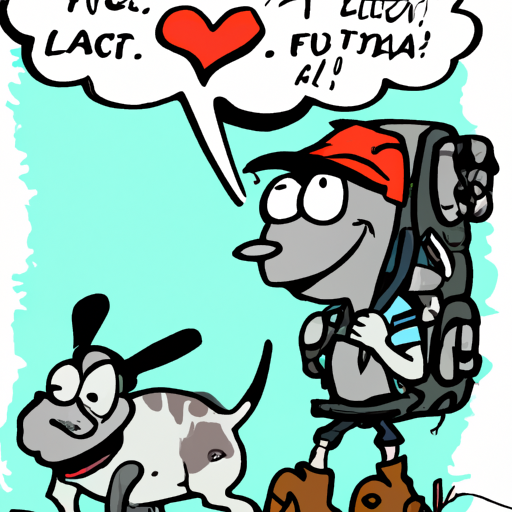If you’re a loving dog owner, you might be familiar with the annoying pests known as fleas. These tiny insects prefer dogs as hosts and can cause significant discomfort and health issues if left untreated. But you may have wondered, why do fleas like dogs so much?
Key Takeaways:
– Fleas are attracted to dogs due to their warm bodies and the presence of carbon dioxide.
– Fleas utilize dogs for feeding and reproduction.
– Dogs with compromised immune systems are more susceptible to flea infestations.
– Preventive measures can help protect your dogs from fleas.
Table of Contents:
1. Understanding Fleas
2. Why Dogs?
3. The Flea Lifecycle
4. Prevention and Control
5. FAQs
Understanding Fleas
Fleas are small, wingless insects that feed on the blood of mammals, including dogs. They are able to jump great distances relative to their size, which allows them to easily latch onto passing hosts. Fleas are notorious for their bites, which can cause intense itching and irritation.
Fleas are not just a nuisance; they can also transmit diseases to their hosts. For instance, fleas can carry and transmit the bacterium that causes plague, as well as tapeworms. Therefore, it’s critical to understand and manage flea infestations effectively. More information about flea-related diseases can be found at this link.
Why Dogs?
Fleas are attracted to dogs for several reasons:
1. Warmth and Carbon Dioxide: Fleas are attracted to warm bodies and the carbon dioxide that animals exhale. Dogs, with their warm bodies and heavy breathing, are a perfect attraction for fleas.
2. Easy Access to Food: Once on a dog, fleas feed on the dog’s blood, their primary source of nutrition.
3. Ideal Environment for Reproduction: Dogs provide an ideal environment for flea eggs to develop. The warmth and humidity of a dog’s fur make it a perfect place for flea larvae to grow.
4. Compromised Immunity: Dogs with weak immune systems are more susceptible to flea infestations. This is because their bodies are less able to fend off the initial infestation.
Fleas have a knack for finding hosts like dogs, and once they do, they can be tough to get rid of. To comprehend why, it’s useful to understand the lifecycle of a flea.
The Flea Lifecycle
The flea lifecycle consists of four stages: egg, larva, pupa, and adult. Adult fleas lay eggs on the host (in this case, dogs), which then fall off into the environment. These eggs hatch into larvae, which feed on organic debris and flea feces. The larvae then form cocoons and mature into adult fleas, ready to find a host. This lifecycle can take anywhere from a few weeks to several months, depending on the conditions.
Understanding the flea lifecycle is vital in controlling and preventing flea infestations, as it helps in targeting the fleas at each stage. Here is an excellent resource that illustrates the flea lifecycle in detail.
Prevention and Control
Preventing a flea infestation is much easier than dealing with one. Here are some steps you can take to protect your pet:
-
Regular Flea Treatments: Use a veterinarian-recommended flea treatment to keep your dog protected. These are typically applied monthly.
-
Keep Your Home Clean: Regular vacuuming can help remove flea eggs and larvae from your home.
-
Groom Your Dog Regularly: Regular grooming can help you spot signs of fleas early.
-
Treat Your Yard: Fleas can survive in the yard, so it’s important to keep it treated.
Don’t forget to check this page on OneTopDog for a comprehensive guide on dealing with fleas and ticks on dogs.
FAQs
Q: Can fleas live on humans?
A: While fleas can bite humans, they prefer non-human hosts like dogs.
Q: Can fleas infest a home?
A: Yes, fleas can infest homes, particularly if a pet brings them inside.
Q: Can fleas transmit diseases to humans?
A: Yes, fleas can transmit diseases such as plague and typhus to humans.
To conclude, fleas like dogs because they provide an easily accessible source of food and an ideal environment for reproduction. Fleas are more than just an itch-inducing nuisance; they can also pose a serious health risk. Hence, understanding fleas, their lifecycle, and prevention methods can help keep your beloved pet safe and healthy. For more information on how to ensure your dog’s well-being, visit OneTopDog.



